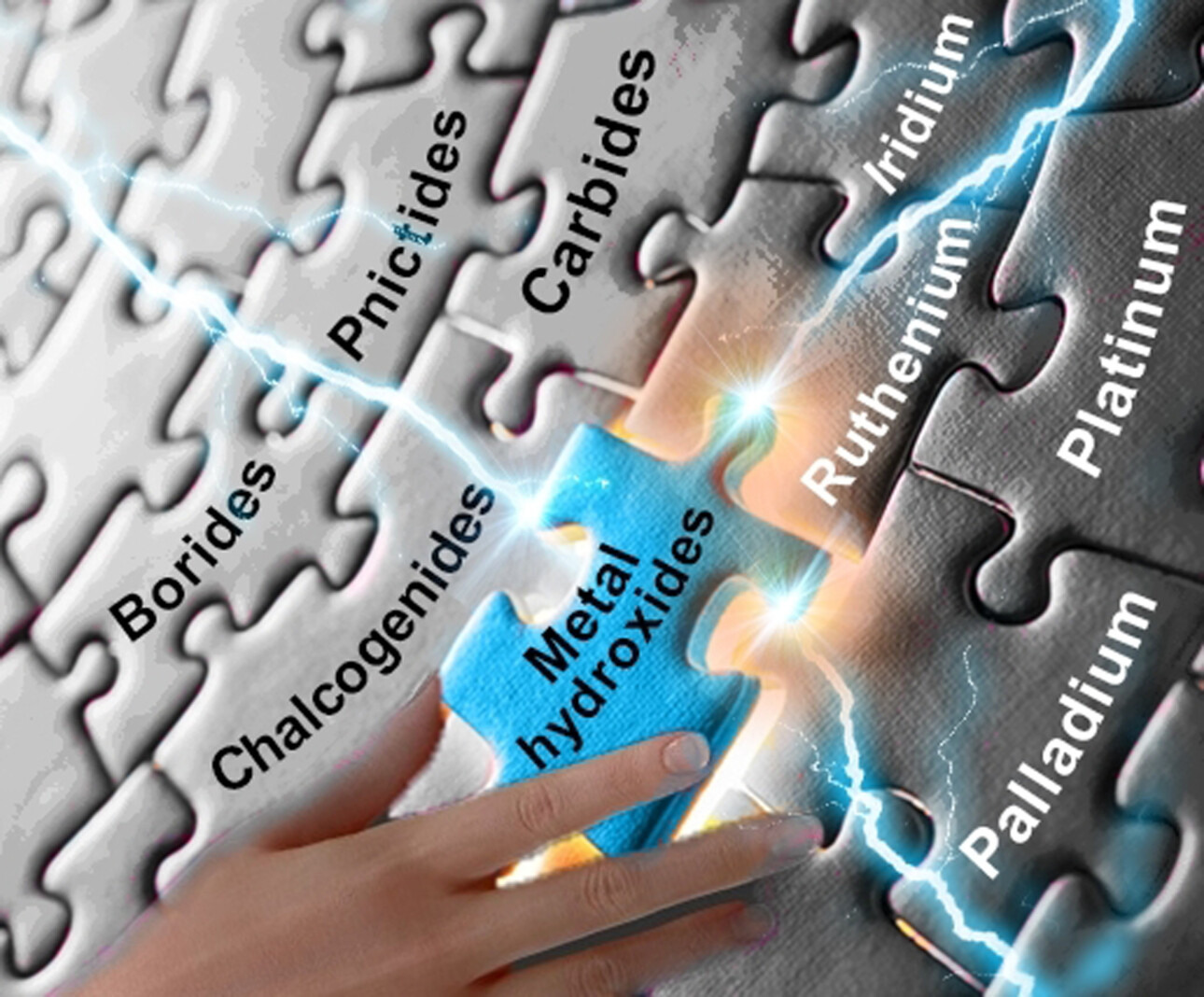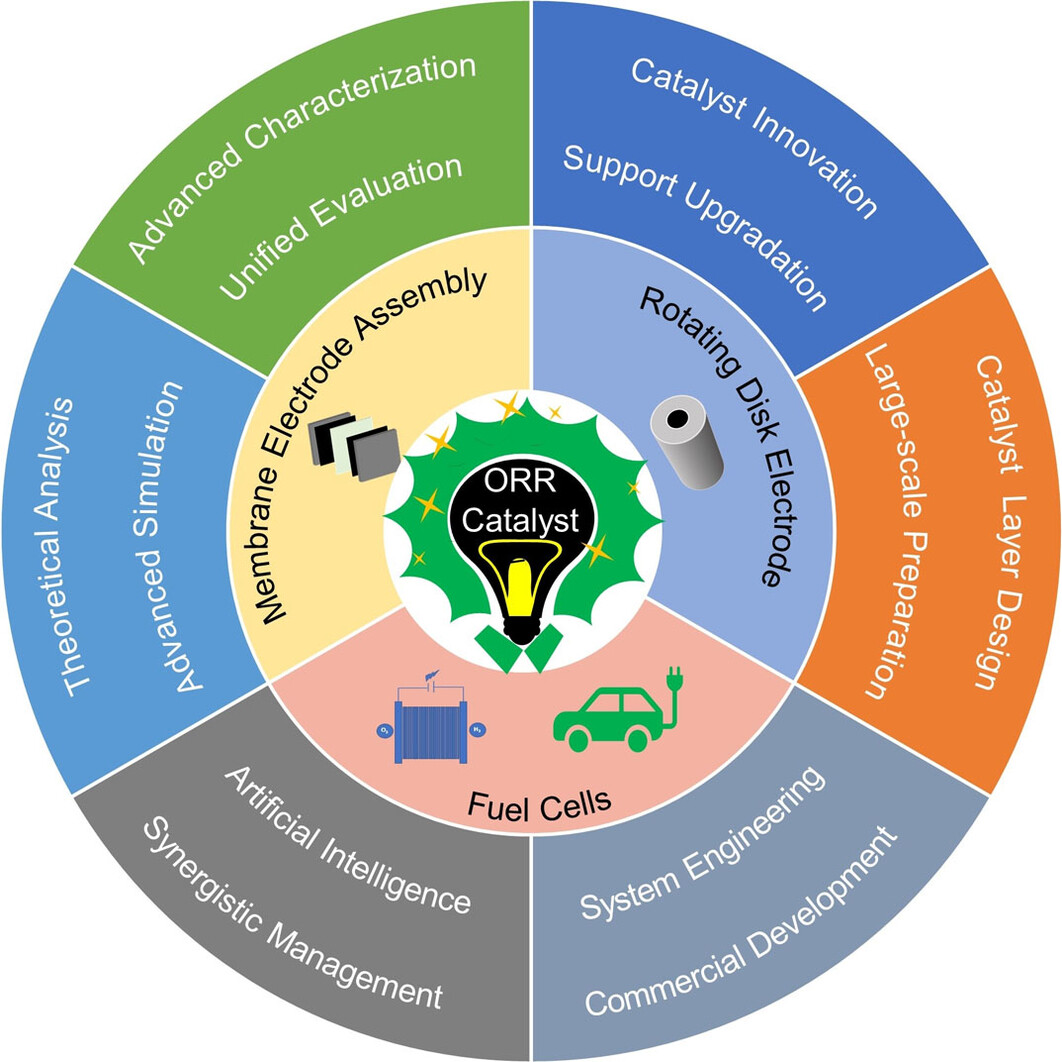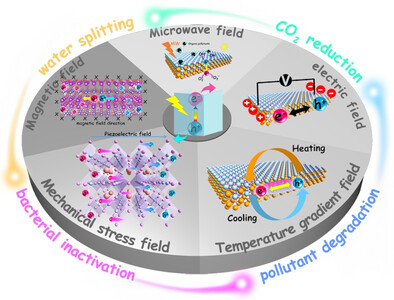Journal list menu
Export Citations
Download PDFs
Table of Contents
Long-Range Interactions in Diatomic Catalysts Boosting Electrocatalysis
- First Published: 05 October 2022
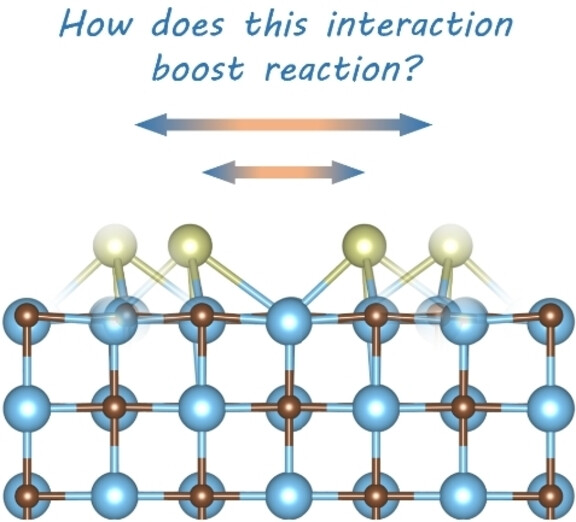
Diatomic catalysts have attracted much attention, especially in electrochemistry. However, there have been no comprehensive reviews on long-range interactions (LRIs) between metallic centres. This Minireview introduces the key aspects of LRIs and highlights opportunities for regulating electrocatalytic mechanisms, thus presenting guidelines for the targeted usage of LRIs.
Strategies and Perspectives to Catch the Missing Pieces in Energy-Efficient Hydrogen Evolution Reaction in Alkaline Media
- First Published: 07 January 2021
Advances and Challenges for the Electrochemical Reduction of CO2 to CO: From Fundamentals to Industrialization
- First Published: 16 April 2021
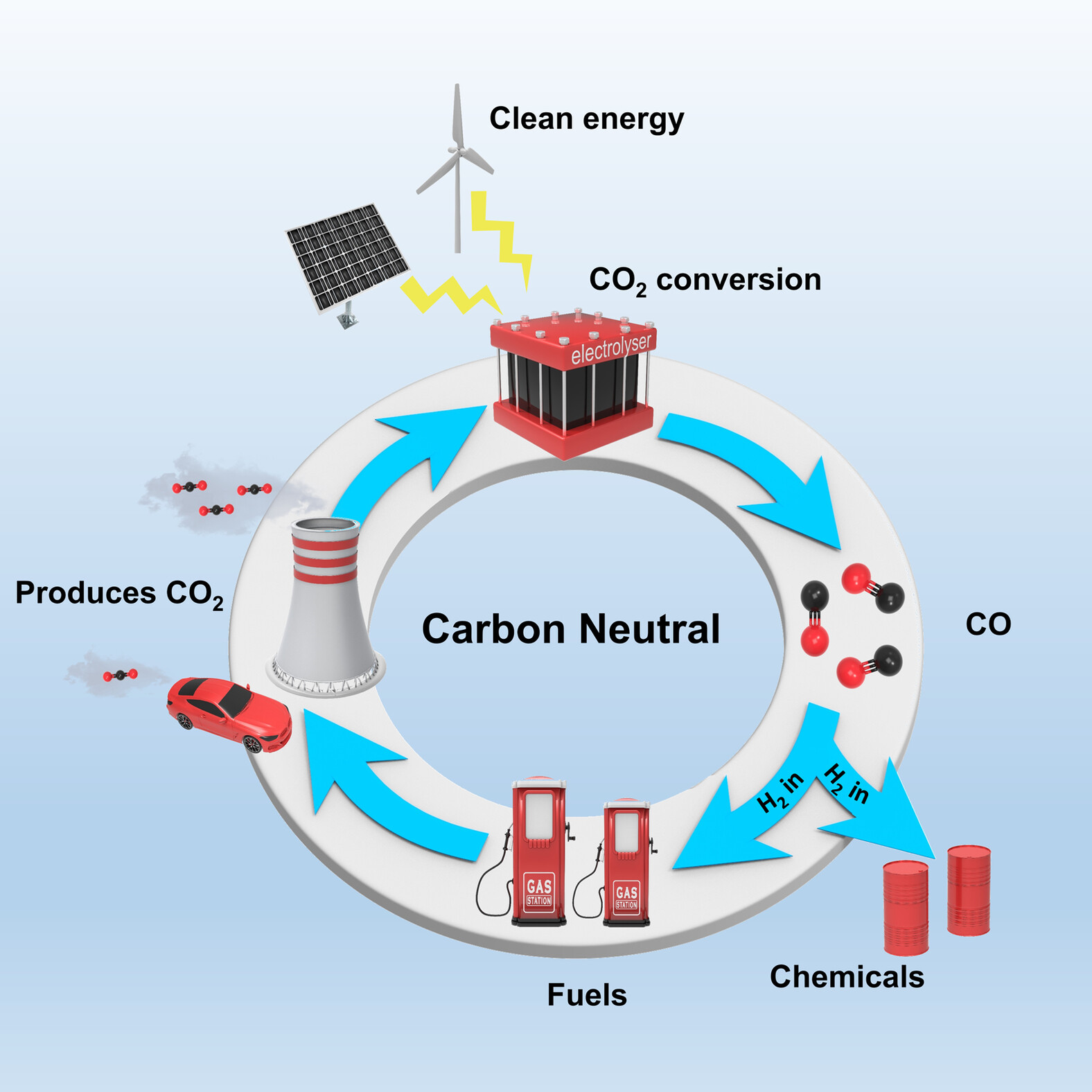
The selective electrochemical reduction of CO2 to CO provides a promising approach to realize a sustainable, carbon-neutral economy. This Review gives a comprehensive overview focusing on catalyst and electrolyte design, and their integration with electrolyzer technology towards industrial implementation. The current challenges in the commercial use of CO2 electrolysis to generate CO are also presented to enable future developments.
Electrocatalytic Refinery for Sustainable Production of Fuels and Chemicals
- First Published: 19 February 2021
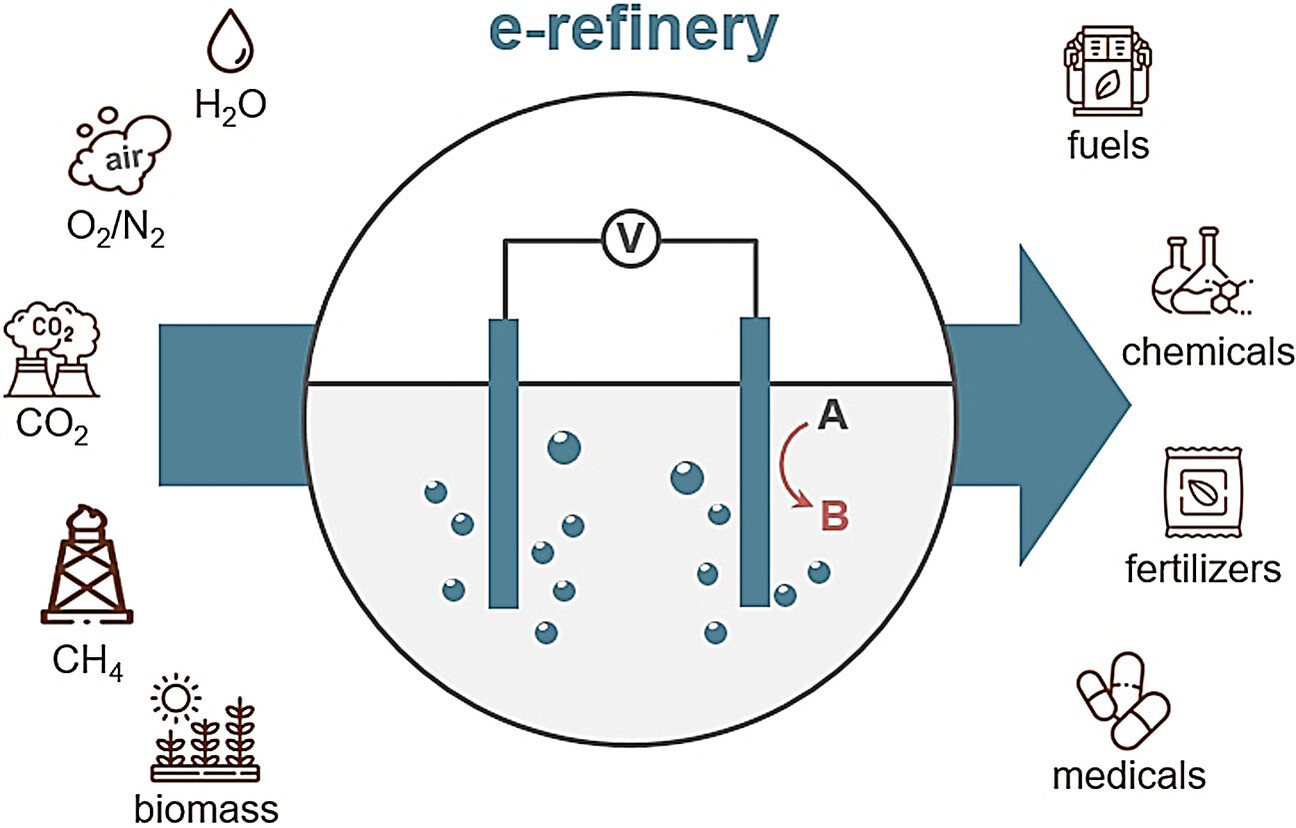
The concept of the electrocatalytic refinery (e-refinery) is an intrinsically sustainable strategy to convert renewable feedstocks and energy sources to transportable fuels and value-added chemicals. This Review describes the concept, fundamentals, and framework of e-refinery processes with some game-changing reactions and innovative catalyst design strategies.
Insight into Structural Evolution, Active Sites, and Stability of Heterogeneous Electrocatalysts
- First Published: 06 September 2021
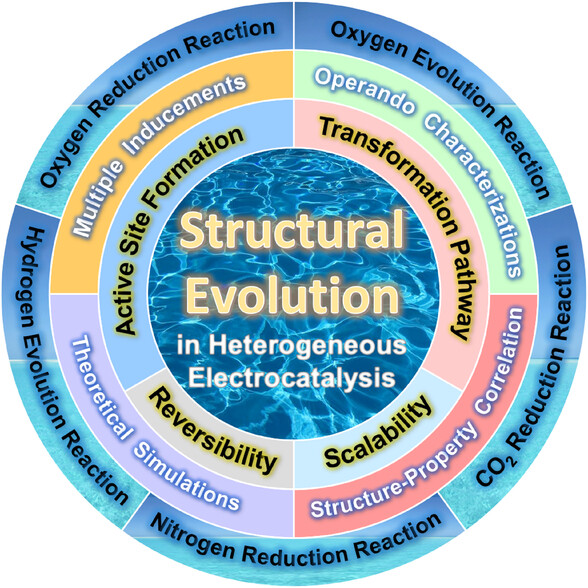
Structural evolution is crucial to the development of active sites for renewable energy-conversion technologies involving heterogeneous electrocatalysis. In this Minireview, fundamental concepts related to structural evolution are described. A critical overview of multiple triggers, reversibility and operando characterizations is presented, and the application of structural evolution in important electrocatalytic reactions is presented.
Principles of Water Electrolysis and Recent Progress in Cobalt-, Nickel-, and Iron-Based Oxides for the Oxygen Evolution Reaction
- First Published: 17 June 2021
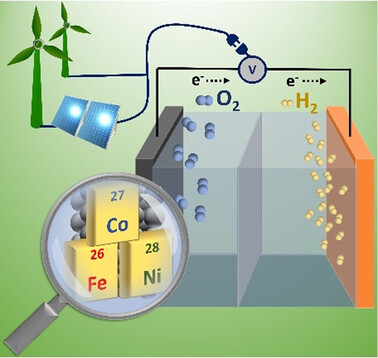
This Review describes the basic principles of water electrolysis, key aspects of the oxygen evolution reaction (OER), and significant criteria for the development of new catalysts. Recent advances in catalysts based on Co, Ni, and Fe oxides are described, and a brief perspective is given on green hydrogen production and the challenges of water electrolysis.
Oxygen Reduction Electrocatalysts toward Practical Fuel Cells: Progress and Perspectives
- First Published: 02 February 2021
Stereoinduction in Metallaphotoredox Catalysis
- First Published: 17 July 2020

The synergistic combination of photoredox and transition metal catalysis enables the installation of C(sp3)-hybridized centers under exceedingly low energy barriers, rendering this platform a formidable tool in synthetic applications. To fully harness this mode of catalysis, considerable efforts have been devoted toward stereoselective transformations. This Minireview discusses milestones to accomplish and understand the origin of stereoinduction in these processes.
Metal–Organic Frameworks Based Electrocatalysts for the Oxygen Reduction Reaction
- First Published: 17 September 2019
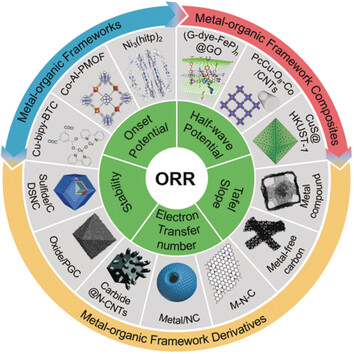
Despite the rapid developments in the past decade, many great challenges remain for the practical use of metal–organic frameworks (MOFs) based electrocatalysts. This Minireview summaries some major recent research efforts and advances on MOF-based electrocatalysts for the oxygen reduction reaction. Some promising directions and strategies are also discussed.
Intrinsic Electrocatalytic Activity Regulation of M–N–C Single-Atom Catalysts for the Oxygen Reduction Reaction
- First Published: 21 April 2020
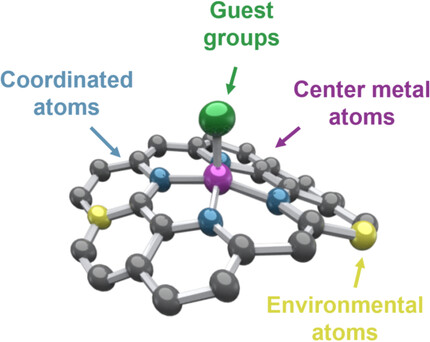
Regulation strategies for enhancing the intrinsic electrocatalytic oxygen reduction reaction activity of M–N–C single-atom catalysts are summarized in this review. Four components are considered in the optimization of the catalyst: the center metal atoms, the coordinated atoms, the environmental atoms, and the guest groups.
Chiral Cyclopentadienyl Ligands: Design, Syntheses, and Applications in Asymmetric Catalysis
- First Published: 16 July 2020
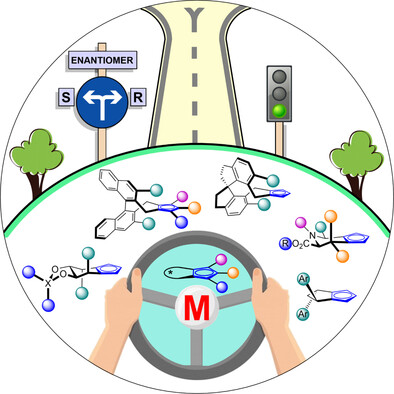
Chiral cyclopentadienyls (CpX) have emerged as powerful steering ligands in asymmetric catalysis. This Review discusses the existing ligand classes, their design, syntheses, and metalation methods. Details on the successful application of the metal complexes in numerous catalytic processes are provided. Those include C−H bond functionalization chemistry and beyond, enabling access to valuable chiral molecules.
Z-Scheme Photocatalytic Systems for Carbon Dioxide Reduction: Where Are We Now?
- First Published: 03 February 2020
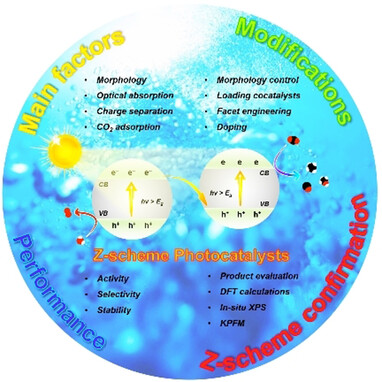
Mimicking natural photosynthesis: The latest progress on Z-scheme photocatalytic systems for CO2 reduction is comprehensively discussed in this Review. Particular attention is given to modification strategies that improve photocatalytic performance as well as confirmation methods to assess the Z-scheme charge transfer mechanism.
Production of Hydrogen Peroxide by Photocatalytic Processes
- First Published: 30 September 2019
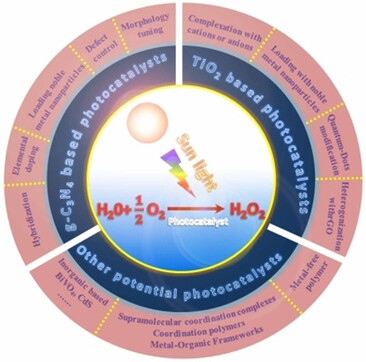
Peroxide from sunlight: The production of H2O2 by photocatalysis is a sustainable process, since it uses water and oxygen as the source materials and solar light as the energy. Encouraging processes have been developed in the last decade for the photocatalytic production of H2O2, and these are discussed in this Review.
Biocatalysis: Enzymatic Synthesis for Industrial Applications
- First Published: 18 June 2020

Biocatalysis has developed into a mature technology for chemical and pharmaceutical synthesis as well as other areas where high selectivity and mild reaction conditions are required. This Review highlights recent achievements with a special focus on industrialized applications including the introduction of key performance indicators (KPIs) to judge the efficiency of enzymes.
When Nanozymes Meet Single-Atom Catalysis
- First Published: 17 June 2019
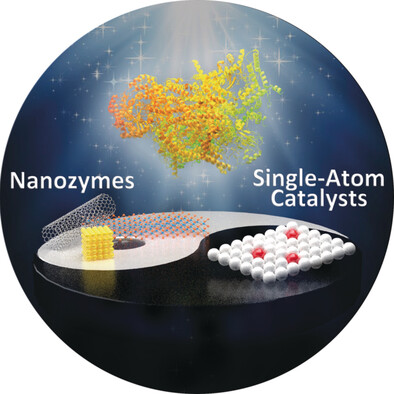
Single-atom nanozymes contain atomically active sites and they are similar to natural metalloenzymes; they hold great promise in sensing, degradation of organic pollutants, and in therapeutic applications. Moreover, single-atom catalysts help to unravel structure–activity relationships and thereby uncover the nature of biocatalysts at a single-atom scale.
Mechanistic Studies in Photocatalysis
- First Published: 19 October 2018
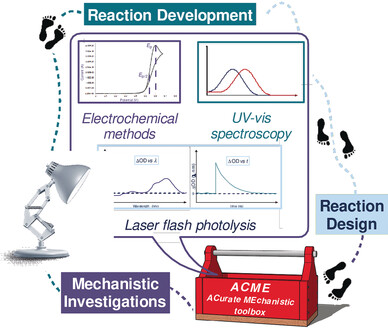
Lighting the (reaction) path: Photoredox and photocatalysis have recently provided fresh opportunities to expand the potential of organic synthesis. So far, innovation has mainly been driven by the quest for novel reactivities, often at the expense of a thorough mechanistic understanding. But these fields are now entering a more mature phase where the combination of experimental and mechanistic studies will play a dominant role in sustaining further innovation.
The Hydrogen Evolution Reaction in Alkaline Solution: From Theory, Single Crystal Models, to Practical Electrocatalysts
- First Published: 01 December 2017
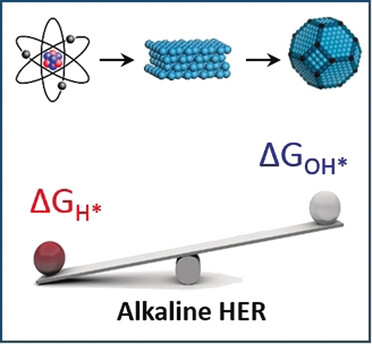
Focusing on the long-lasting debates surrounding the activity descriptor for the electrocatalytic hydrogen evolution reaction in alkaline conditions, some fundamental studies, from theoretical computations and surface electrochemistry on single crystal models, to practical electrocatalysts with large surfaces, are summarized.
Manganese Complexes for (De)Hydrogenation Catalysis: A Comparison to Cobalt and Iron Catalysts
- First Published: 24 October 2017
Oxygen Vacancy-Mediated Photocatalysis of BiOCl: Reactivity, Selectivity, and Perspectives
- First Published: 20 June 2017
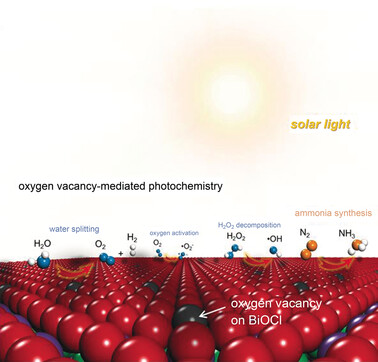
Tiny concentrations of oxygen vacancies on the surface of real photocatalysts can influence the kinetics and energetics and the mechanisms of photocatalytic reactions decisively. Oxygen vacancies on BiOCl surfaces are described at the molecular level, and their structure correlated with reactivity and selectivity in photocatalytic reactions.





